Buy this painting Carl Spitzweg, the arrival of the stagecoach - 1859 by Atelier Liesjes as a reproduction on canvas, ArtFrame, poster and wallpaper, printed on demand in high quality.
About "Carl Spitzweg, the arrival of the stagecoach - 1859"
by Atelier Liesjes
About the artwork
Stagecoaches not only transported mail, but were also the primary means of transport for people from the 17th to the late 19th centuries. After road construction in the 18th and 19th centuries, the average speed of stagecoaches was about 6 miles per hour. The horses had to be replaced approximately every 12 miles. This gave travelers the opportunity to recover from the uncomfortable journey in guesthouses at postal and horse stations.
Spitzweg created the first version of the painting The Arrival of the Stagecoach for Kaiser Ferdinand of Austria. In an unconventional format, he managed to portray a complex scene, which showed not only the arrival of the stagecoach but also the hustle and bustle in a city by focusing on what happened in the central market. Three horses forcibly pull the carriage with four passengers from an alley to the sunny market square. The postman restrains the horses and blows his horn and announces their arrival to the inhabitants of the city, although there are already some twenty present to see the scene. Except for a young woman watering flowers on the right, they all look at the arrival and stop doing what they were doing, whether it was work or leisure. Most of the figures that Spitzweg has added to the scene decoratively are women of different social strata. Young servants fetch water from the fountain with the severely damaged figure that has lost his head and hands. To their right are two elegant ladies in fashionable and expensive dresses in t

About Atelier Liesjes
Art for sale. Shop with photos and art as wall decoration. Posters, metal (aluminium or steel), glass, canvas, photo print, wood, framed, canvas, photo wallpaper or garden canvas.
The collection of wall decoration or wall decorations is very broad, from nature through..
Read more…
 Germany
Germany Ordered in November 2024
Ordered in November 2024
 Netherlands
Netherlands Ordered in November 2018
Ordered in November 2018
 Netherlands
Netherlands Ordered in January 2025
Ordered in January 2025
 Germany
Germany Ordered in December 2024
Ordered in December 2024
 Germany
Germany Ordered in March 2020
Ordered in March 2020
 Germany
Germany Ordered in September 2020
Ordered in September 2020
 Netherlands
Netherlands Ordered in December 2021
Ordered in December 2021
 Netherlands
Netherlands Ordered in November 2022
Ordered in November 2022
 Netherlands
Netherlands Ordered in June 2020
Ordered in June 2020
 Germany
Germany Ordered in June 2023
Ordered in June 2023
 Germany
Germany Ordered in January 2023
Ordered in January 2023
 Germany
Germany Ordered in September 2019
Ordered in September 2019
About the material
ArtFrame™
Interchangeable Art Prints
- High-quality print
- Easily interchangeable
- Acoustic function
- Large sizes available
Discover the artworks of Atelier Liesjes
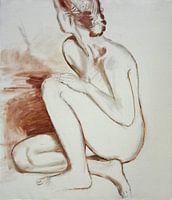 Nude sexy woman crouching, Hubertine HeijermansAtelier Liesjes
Nude sexy woman crouching, Hubertine HeijermansAtelier Liesjes India, manAtelier Liesjes
India, manAtelier Liesjes The farmer's wife, naked model posing as a pinup in a windowAtelier Liesjes
The farmer's wife, naked model posing as a pinup in a windowAtelier Liesjes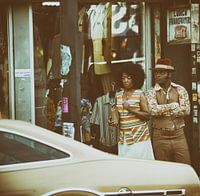 two people in a shopping street in the 70sAtelier Liesjes
two people in a shopping street in the 70sAtelier Liesjes The beauty; Erotic nude in the showerAtelier Liesjes
The beauty; Erotic nude in the showerAtelier Liesjes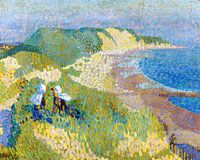 Sea and dunes near Zoutelande, Jan Toorop,Atelier Liesjes
Sea and dunes near Zoutelande, Jan Toorop,Atelier Liesjes Piet Mondriaan, Bosch; Bos bij Oele, 1908Atelier Liesjes
Piet Mondriaan, Bosch; Bos bij Oele, 1908Atelier Liesjes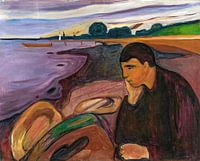 Edvard Munch, melancholy, 1896Atelier Liesjes
Edvard Munch, melancholy, 1896Atelier Liesjes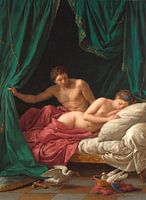 Peace with Mars and Venus, Lagrenée l'aîné - 1770Atelier Liesjes
Peace with Mars and Venus, Lagrenée l'aîné - 1770Atelier Liesjes Costumed ball, Max RabesAtelier Liesjes
Costumed ball, Max RabesAtelier Liesjes Reclining Nude, George Hendrik Breitner - 1887Atelier Liesjes
Reclining Nude, George Hendrik Breitner - 1887Atelier Liesjes View of the Capuchin Monastery near Amalfi, CARL MORGENSTERN, 1840Atelier Liesjes
View of the Capuchin Monastery near Amalfi, CARL MORGENSTERN, 1840Atelier Liesjes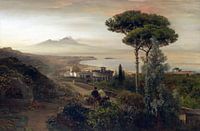 Vesuvius and Bay of Naples, OSWALD ACHENBACH, 1884Atelier Liesjes
Vesuvius and Bay of Naples, OSWALD ACHENBACH, 1884Atelier Liesjes Poster with advertisement for France-Champagne - Pierre Bonnard, 1889-1897Atelier Liesjes
Poster with advertisement for France-Champagne - Pierre Bonnard, 1889-1897Atelier Liesjes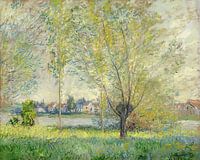 Willows in a landscape, Claude Monet (1880)Atelier Liesjes
Willows in a landscape, Claude Monet (1880)Atelier Liesjes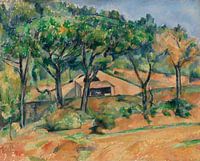 House in Provence, Paul Cézanne (ca.1890)Atelier Liesjes
House in Provence, Paul Cézanne (ca.1890)Atelier Liesjes Oskar Mulley, Mountain farm, ca 1930Atelier Liesjes
Oskar Mulley, Mountain farm, ca 1930Atelier Liesjes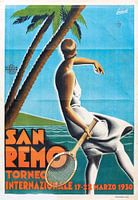 San Remo - International tournament, Gino Boccasile, 1930Atelier Liesjes
San Remo - International tournament, Gino Boccasile, 1930Atelier Liesjes Gino Boccasile, Travel poster Lugano Suisse South Switzerland Schweiz, 1939Atelier Liesjes
Gino Boccasile, Travel poster Lugano Suisse South Switzerland Schweiz, 1939Atelier Liesjes Frida, Viva la vida, 1954Atelier Liesjes
Frida, Viva la vida, 1954Atelier Liesjes
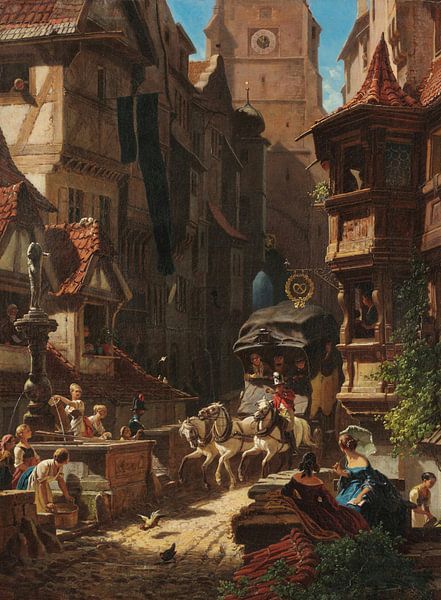


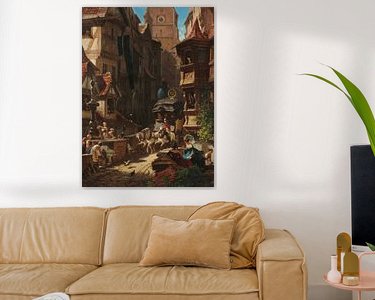

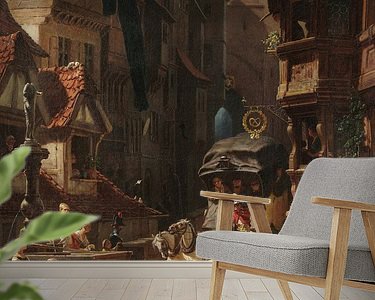
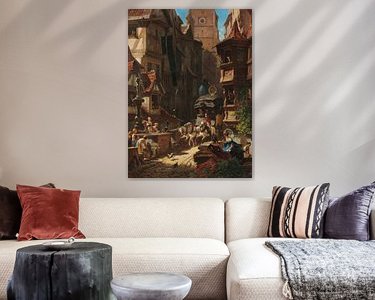


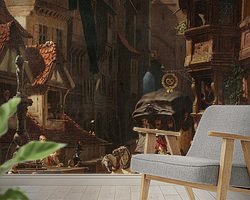

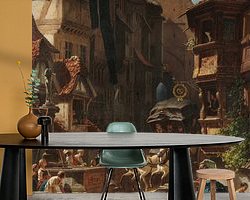

 Bavaria
Bavaria Farm animals
Farm animals Female
Female Germany
Germany Happiness
Happiness Horses
Horses Humour
Humour Nostalgic Memories
Nostalgic Memories Urban landscapes
Urban landscapes Vibrant Colors
Vibrant Colors









